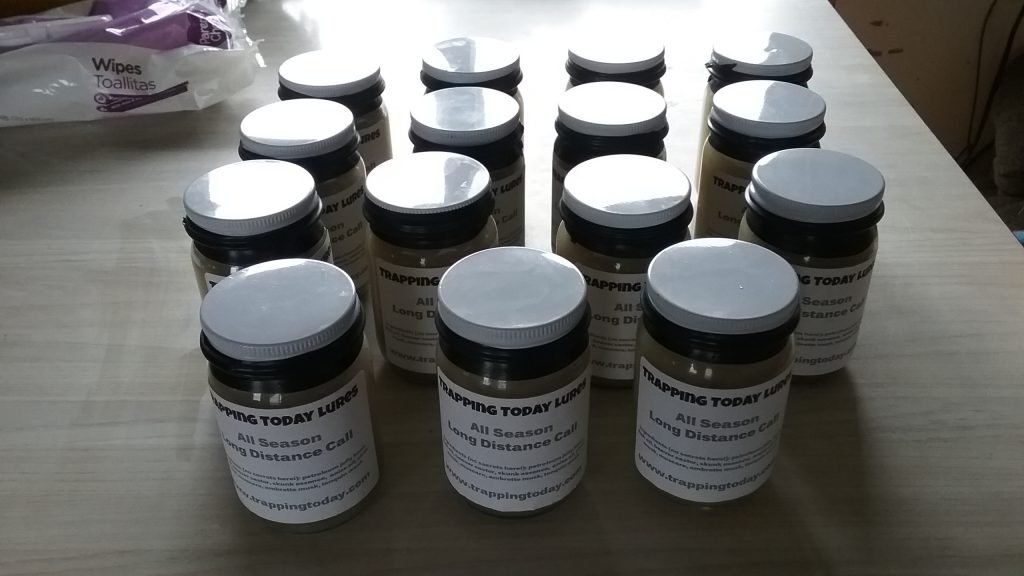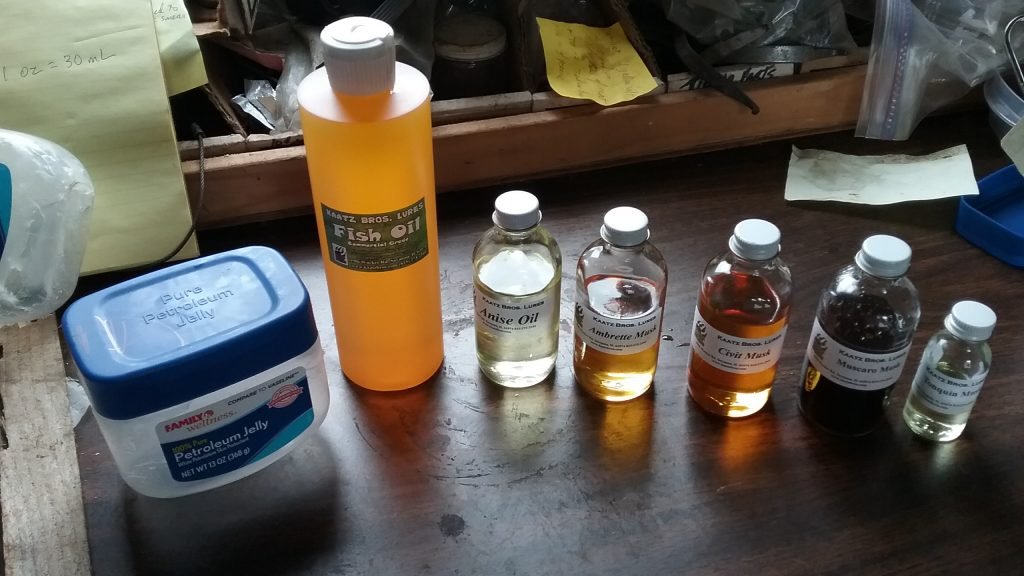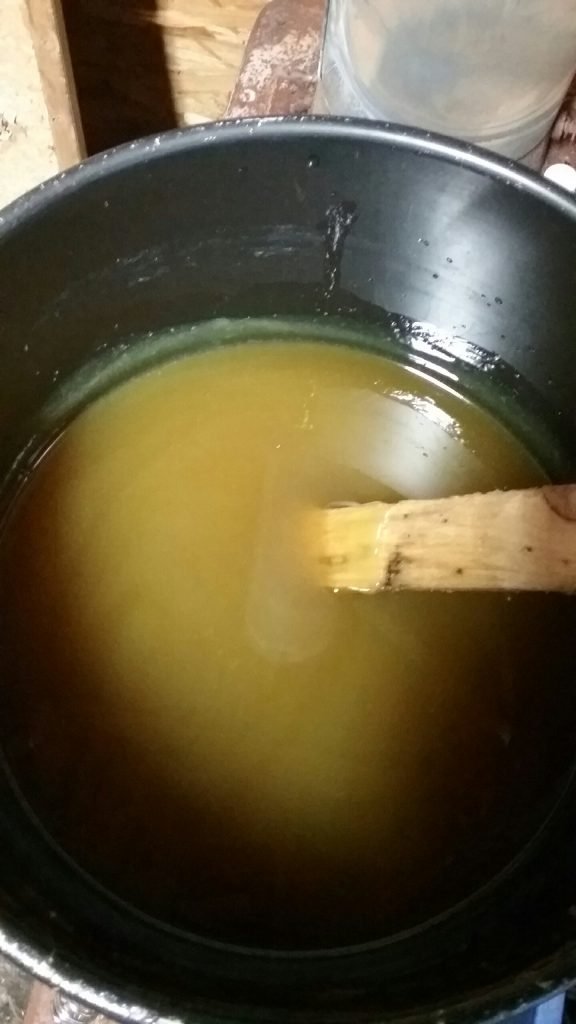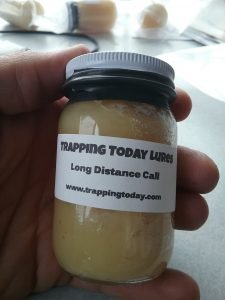This site is supported by you, the reader. If you make a purchase through one of my links, I may earn a small commission. Learn more here.
 After struggling to find a lure that would work in the conditions of my northern Maine marten and fisher trapline, I decided to make my own. My requirements? First and foremost, the lure had to hold up to the rainy spells that we have during the November season here, and keep working. It also had to continue to function during the deep freezes. That necessitated a grease based lure that would repel water, but wouldn’t freeze or crust over and lock in scent.
After struggling to find a lure that would work in the conditions of my northern Maine marten and fisher trapline, I decided to make my own. My requirements? First and foremost, the lure had to hold up to the rainy spells that we have during the November season here, and keep working. It also had to continue to function during the deep freezes. That necessitated a grease based lure that would repel water, but wouldn’t freeze or crust over and lock in scent.
With active forest management taking place on most of my trapline, as well as drastic year-to-year differences in food availability, it’s difficult to pinpoint consistent marten and fisher locations. That means trappers in this area often need to call furbearers in from longer distances. And that means a loud call lure works best. I knew I would need to incorporate a healthy dose of high quality skunk essence in the lure.
 Beaver is one of the best universal predator baits around, and beaver castor a great attractant, so I wanted to include this in my lure in good quantity.
Beaver is one of the best universal predator baits around, and beaver castor a great attractant, so I wanted to include this in my lure in good quantity.
In smaller quantities, several other ingredients would provide additional attraction and fixative properties, and round out the lure. I focused on anise oil for its sweetness, and the following musk ingredients: civet musk, muscaro, ambrette musk and tonquin musk.
Deciding on the quantities of each ingredient in the lure is probably one of the greatest challenges, and it took some time to develop. In fact, I’ll probably be adjusting quantities for several years to fine tune the lure. For instance, I tried petroleum jelly (vaseline) at the start, and even though it didn’t freeze, the lure did tend to crust over after some time, and had to be re-smeared at each check. A high quality grease base solved this problem. I also started with a large quantity of fish oil, but didn’t like the way it changed the consistency of the lure, relative to the added attraction. Beaver castoreum made up a large portion of the lure by volume, skunk essence was the most powerful (and most expensive) ingredient, and the anise/musks were incorporated in smaller quantities.
 Once the ingredients and quantities of a lure are determined, actual formulation, in this case, is quite easy. I heated and mixed the ingredients, and then incorporated them into the base with lots and lots of stirring. The skunk essence was the worst, and for a time irritated my eyes to the point where I thought I might go blind! Be sure to work in a properly ventilated area if you try this at home.
Once the ingredients and quantities of a lure are determined, actual formulation, in this case, is quite easy. I heated and mixed the ingredients, and then incorporated them into the base with lots and lots of stirring. The skunk essence was the worst, and for a time irritated my eyes to the point where I thought I might go blind! Be sure to work in a properly ventilated area if you try this at home.
Once properly incorporated, it was time to fill jars, which can be pretty messy! Then it’s time for cleaning, capping, and labeling the lure jars.
I had small issues with the first couple of batches, but eventually got the lure to a point where I’m confident in its ability to perform. It’s also much more costly than the initial formulation, but quality definitely comes at a cost.
Here’s the final product:
I think this will turn out to be a great call lure, not only for mustelids like marten and fisher, but for canines and other predatory furbearers as well.
Want to try some of my long distance call lure on your trapline this season? Send me an email at jrodwood@gmail.com for more information.

Leave a Reply